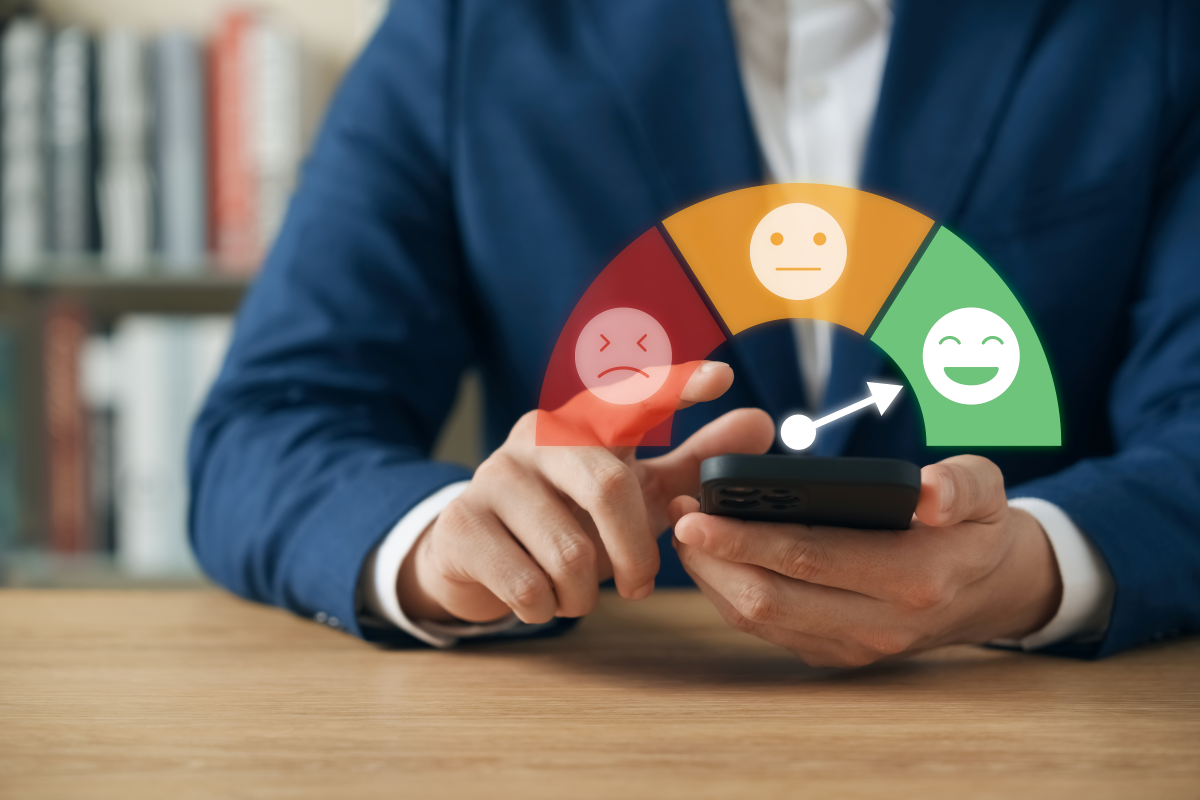In the competitive landscape of B2B marketing, many companies pour vast resources into customer acquisition. However, the smartest B2B professionals are shifting their focus toward B2B customer retention, and for good reason. Retaining customers improves revenue predictability and builds long-term relationships that fuel sustainable business growth.
Understanding the Value of B2B Customer Retention
It’s widely acknowledged that retaining an existing customer is 5–7 times more cost-effective than acquiring a new one (Harvard Business Review). This fact alone makes a strong case for prioritizing retention strategies.
In the B2B space, customer relationships are often high-value and long-term. Losing a single client can significantly impact your revenue, while loyal customers tend to:
- Spend more over time
- Refer others in their network
- Offer critical feedback to help improve offerings.
- Be more forgiving during occasional hiccups
Key Differences: Acquisition vs. Retention
While both acquisition and retention play critical roles in a B2B growth strategy, they serve different purposes and offer distinct value to the business.
Customer acquisition involves significant investment—think ad budgets, cold outreach, and extensive sales efforts. It’s often time-consuming and comes with no guarantee of conversion, especially in the B2B space where sales cycles are long and decisions are taken by multiple stakeholders.
On the other hand, customer retention is typically more cost-effective. Since the relationship is already established, you don’t need to spend heavily on convincing or onboarding. You’re nurturing a client who knows your value proposition and has already placed trust in your offerings.
The return on investment (ROI) also differs. Acquisition may take longer to show results, as you’re starting from scratch. Retention, however, offers quicker ROI since repeat customers are more likely to make larger purchases and do so more frequently.
Additionally, the trust factor is another major differentiator. Acquired customers need time to build trust in your brand, whereas retained customers already have confidence in your service or product, making them easier to upsell or cross-sell.
Lastly, revenue impact from retention is generally more predictable. A stable base of loyal clients provides recurring income, while relying solely on new customers makes revenue more volatile and less sustainable in the long term.
Why B2B Customer Retention Matters More Than Ever
1. Longer Sales Cycles in B2B
B2B purchases typically involve higher stakes, multiple decision-makers, and longer timelines. Winning a customer is just the beginning. Retaining them through excellent service and engagement adds tangible value over time.
2. Higher Customer Lifetime Value (CLV)
In B2B, repeat clients drive consistent revenue. A well-managed retention strategy boosts Customer Lifetime Value, improving your bottom line and reducing reliance on continuous lead generation.
3. More Cost-Efficient than Acquisition
As digital ad costs continue to rise, the economics of retention grow even stronger. Nurturing your existing customers with account-based marketing (ABM), value-added services, or personalized content ensures better ROI.
4. Stronger Brand Advocacy
Happy, retained customers become your strongest brand advocates. In the B2B world, where peer recommendations and word-of-mouth still hold weight, this is a major growth accelerator.
Top Strategies to Improve B2B Customer Retention
To keep your existing clients happy and engaged, consider implementing these customer retention strategies:
1. Personalized Client Engagement
Tailor communication and offers to suit your customer’s industry, pain points, and objectives. Tools like HubSpot or Salesforce CRM can help automate and personalize this process.
2. Proactive Customer Support
Offer timely, multi-channel support. Implement ticketing systems or live chats that ensure issues are resolved quickly, keeping satisfaction levels high.
3. Educational Content and Value Delivery
Create ongoing value through content like webinars, whitepapers, how-to guides, and newsletters. This positions your brand as a helpful resource, not just a vendor.
4. Regular Feedback and Improvement
Solicit client feedback through surveys, reviews, or NPS (Net Promoter Score). Use this insight to fine-tune your offerings and build trust.
5. Loyalty and Reward Programs
Though more common in B2C, loyalty incentives can work in B2B too. Think tiered pricing, exclusive updates, or dedicated account managers for long-term clients.
The Technology Advantage in B2B Retention
Modern B2B marketing platforms offer automation, analytics, and AI-driven insights that can radically enhance your customer lifecycle management. From behavior tracking to predictive churn analysis, these tools give you the edge to act before it’s too late.
Some popular platforms include:
- Gainsight (customer success management)
- Zendesk (support and retention)
- Totango (customer health analytics)
Conclusion
Customer acquisition might bring visibility, but B2B customer retention delivers lasting impact. In a business environment where trust, time, and value matter most, retaining clients is not just a strategy—it’s a necessity.
By prioritizing retention through proactive engagement, personalized service, and technology, B2B brands can build a loyal customer base that consistently drives growth.




